Will the United States be giving Ukraine Tomahawk missiles?
According to US Vice President JD Vance the subject is currently under discussion within the Trump Administration. This comes after Ukrainian President Volodymyr Zelenskyy met US President Donald Trump on the sidelines of the United Nations.
The development comes in the backdrop of Trump seemingly growing increasingly frustrated with Russian President Vladimir Putin. Trump had come into office allowing to end the Ukraine war within 24 hours.
Trump recently has done an about-turn on the Ukraine war, claiming Kyiv could get all of its territory back from Russia.
But what do we know about Tomahawk missiles? Will the US send them to Ukraine? And could this change during the course of the war?
Let’s take a closer look.
What we know about Tomahawk missiles
Origins
The Tomahawk is a long-range, subsonic cruise missile.The missile was first developed by General Dynamics and later Raytheon. Its origins date back to the Cold War when America wanted to create a long-range missile which could deliver either conventional or nuclear payloads.
It was first inducted into service in 1983. Its first operational use during conflict was during Operation Desert Storm in 1991. It has since been used in a number of US conflicts including Operation Iraqi Freedom, Operation Infinite Reach in Sudan and Afghanistan, Operation Odyssey Dawn in Libya and Operation Inherent Resolve in Syria.
However, navigation issues during Operation Iraqi Freedom resulted in the missile’s guidance system being reworked.
The specs
The missile is 6.25 metres long with the booster and 5.55 metres long without it. It has a launch diameter of 0.52 metres and a launch weight of 1,315 kilos. Each missile can carry a payload of 454 kilos. It has a range of 1,250 to 2,500 kilometres – depending on the variant.
It is used by the United States and the United Kingdom’s Royal Navy. Propelled by a turbofan, it is designed to fly at an extremely low altitude (30 to 50 metres to avoid radar and at a subsonic speed of 880 kilometres per hour – making it extremely hard to defend against).
It is piloted by several advanced missile guidance systems including Inertial Navigation System (INS), Terrain Contour Matching (TERCOM), Global Positioning System (GPS) and Digital Scene-Matching Area Correlation (DSMAC). It is said to have an accuracy of under 10 metres.
The missile itself can be launched from a variety of platforms including by ship, from submarines, and via ground launchers. While it can carry both nuclear and conventional payloads, it is only used for the latter. It can be equipped with both unitary high-explosive payloads and cluster munitions.
The missile has been fired over 2,350 times including in 2024 when the US and UK Navies targeted the Houthi rebels in Yemen. It has become the favoured weapon of the US Defence Department for striking high-value or heavily defended land targets. Each Tomahawk missile costs approximately $2.4 million – depending on the variant.
Latest version and variants
The latest version of the missile is known as the Block V series.
This is an upgrade from the Block IV Tactical Tomahawk (TACTOM) which the US Navy began upgrading in 2020. That missile came with a data link that allowed it to change targets mid-flight. That missile could also hang in the air for hours and change direction instantly on command.
The Tomahawk has three variants:
Block V: A modernised TACTOM with upgraded navigation and communication
Block Va: Which can hit moving targets at sea
Block Vb: Equipped with a joint multi-effects warhead that can hit more varied land targets
The Block V Tomahawk missiles come equipped with a NAV/COMMs upgrade that maintains the capability for in-flight target updates and improved navigation. The Tomahawk Block V series is set to remain in service till 2035.
Could this change the course of the war?
It depends.
Ukraine has long been seeking such long-range weapons from its allies in order to hit back at Russia. In fact, Trump’s predecessor Joe Biden refused to give Ukraine the Tomahawk missiles at the end of his term. Kyiv possessing such a weapon would allow it to target Moscow itself – which Russia would see as a dangerous escalation.
Trump thus far has been insistent on Ukraine only being given ‘defensive weapons’. However, Trump recently has agreed to sell weapons to Nato and European nations, which can then pass these on to Ukraine.
Serhii Kuzan, chairman of the Ukrainian Security and Cooperation Centre, told The Telegraph, “The logic is simple and understandable. If Russia has long-range cruise missiles, then Ukraine must have similar capabilities to strike targets at the same depths,” he said.
Kuzan, who is a former adviser to Ukraine’s defence ministry, added: “If anyone says that this is impossible, let me remind you, quite recently we were denied tanks and the supply of F-16s took a long time to agree. Our goal remains unchanged: all available types of weapons must be delivered to Ukraine as soon as possible.”
Experts say at the very least, it could bring Putin to the bargaining table.
“Sending even a single Tomahawk to Ukraine would scare the shit out of the Russians more than almost anything else we could do,” a senior congressional aide told the New York Post.
Vance said on Fox News Sunday that Trump would make the “final determination” on whether to allow the deal.
“We’re certainly looking at a number of requests from the Europeans," Vance said. Keith Kellogg, the US’ special envoy to Ukraine, said Trump has indicated that Kyiv should now be able to conduct long-range strikes on Russia.
“I think reading what he (Trump) has said, and reading what Vice President Vance has said… the answer is yes. Use the ability to hit deep. There are no such things as sanctuaries,” Kellogg said during an interview with Fox News later on Sunday.
Kremlin responds
Russia said on Monday that it would carefully analyse whether any US Tomahawk missiles that might be supplied to Ukraine were fired using targeting data supplied by the United States.
Asked about Vance’s comments, Kremlin spokesman Dmitry Peskov said Russia was analysing them carefully.
“The question, as before, is this: who can launch these missiles…? Can only Ukrainians launch them, or do American soldiers have to do that?” he said.
“Who is determining the targeting of these missiles? The American side or the Ukrainians themselves?” Peskov added, saying “a very in-depth analysis” was required.
Russian President Vladimir Putin has previously said that Western countries will make themselves direct parties to the war if they supply targeting and intelligence to enable Ukraine to fire missiles deep inside Russia.
With inputs from agencies


)
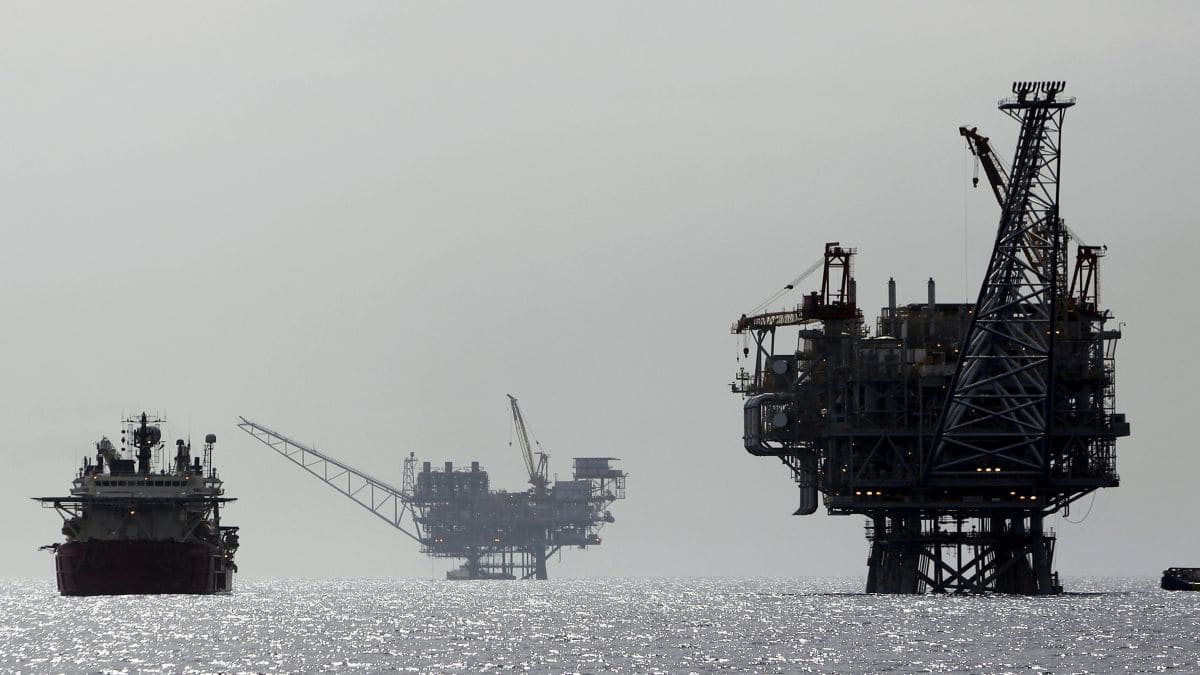
)
)
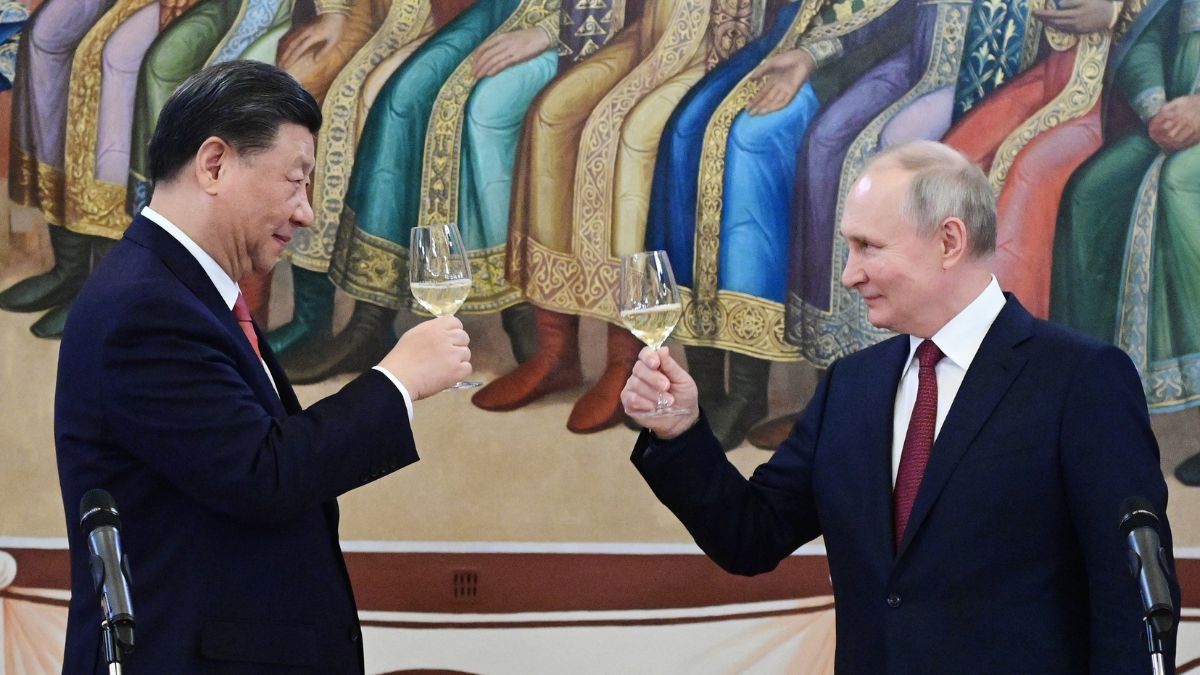)
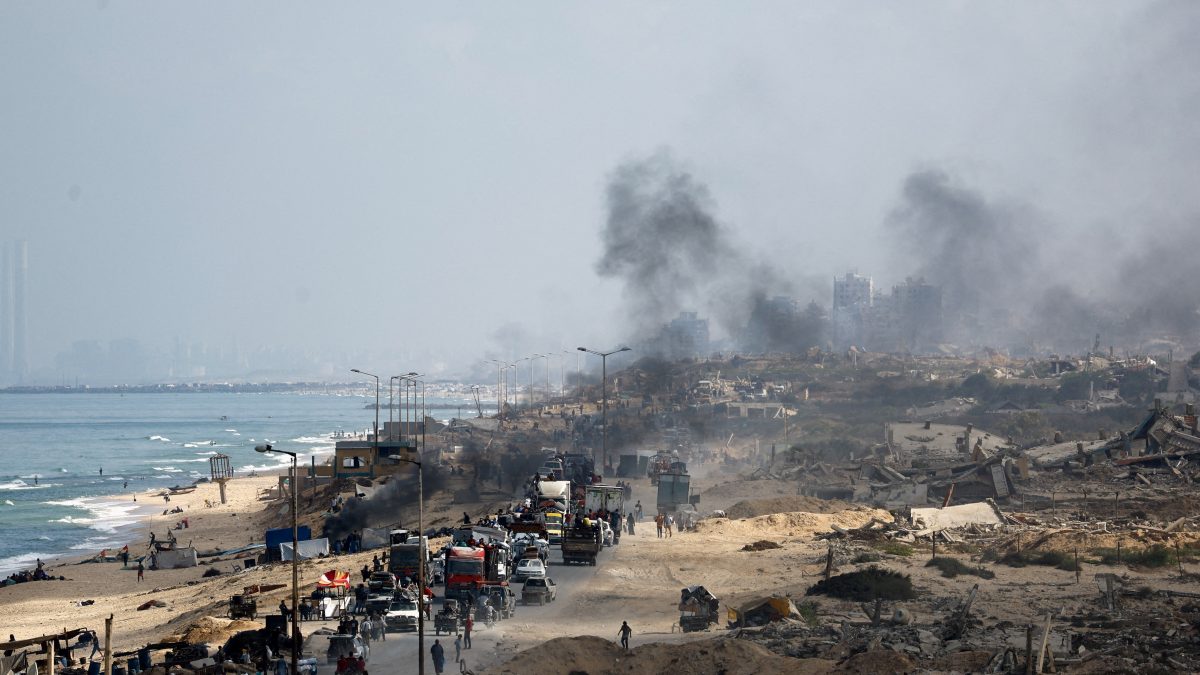)
)
)
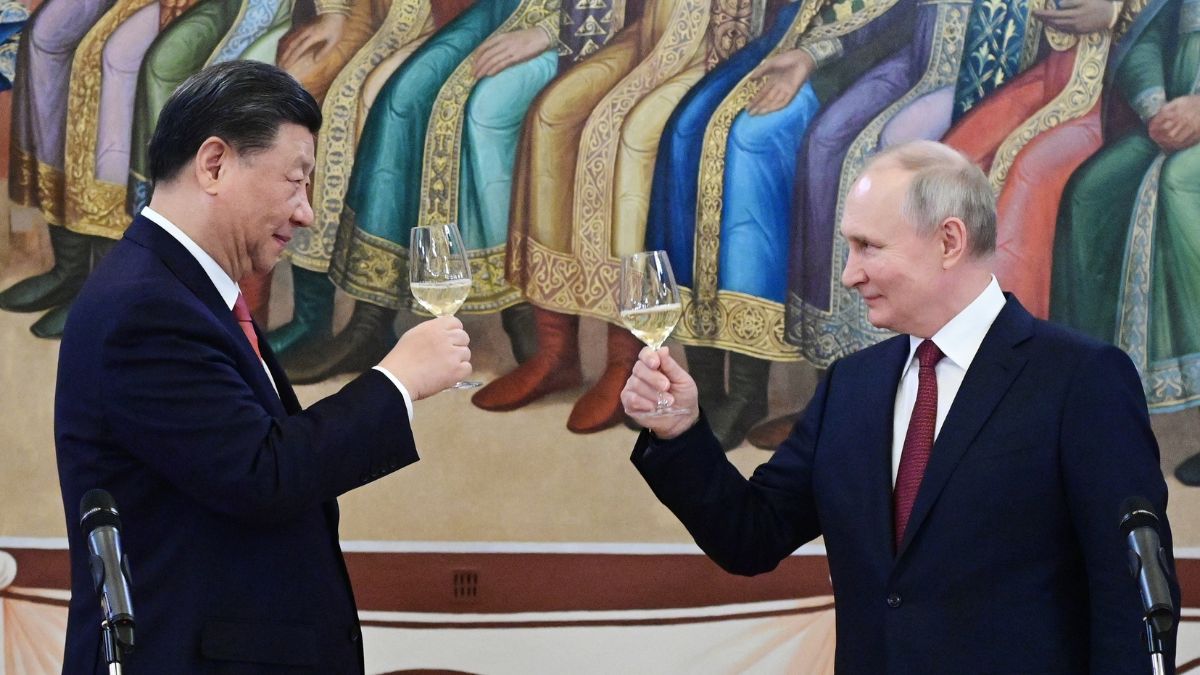)
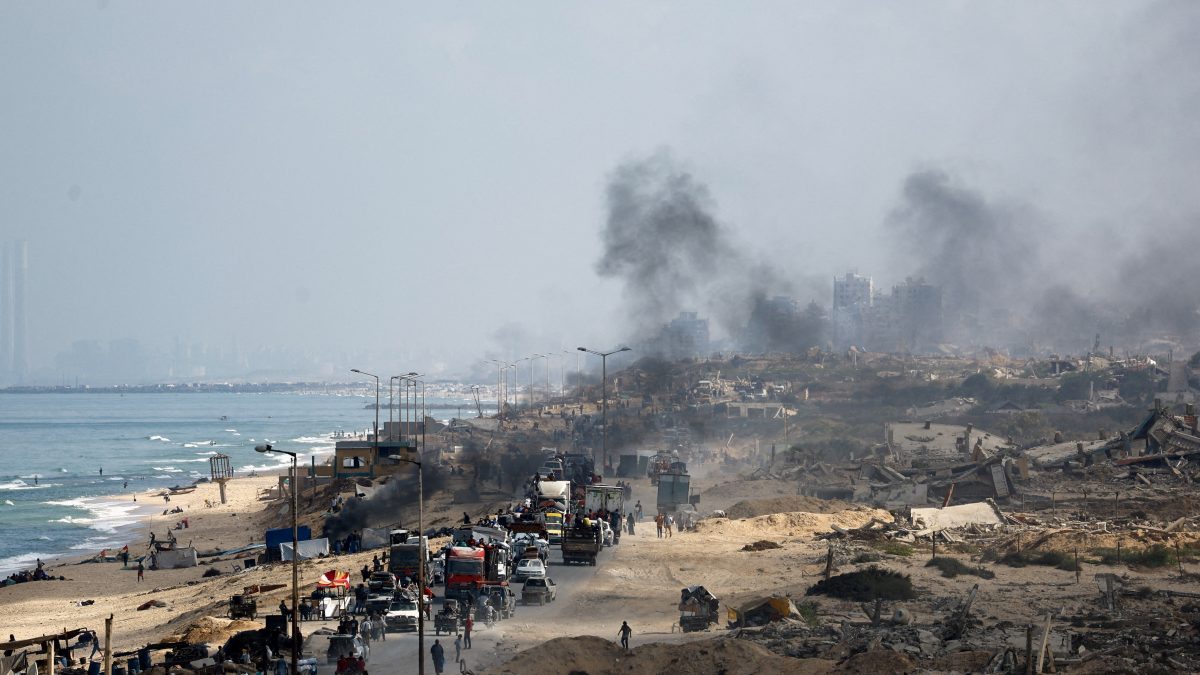)



